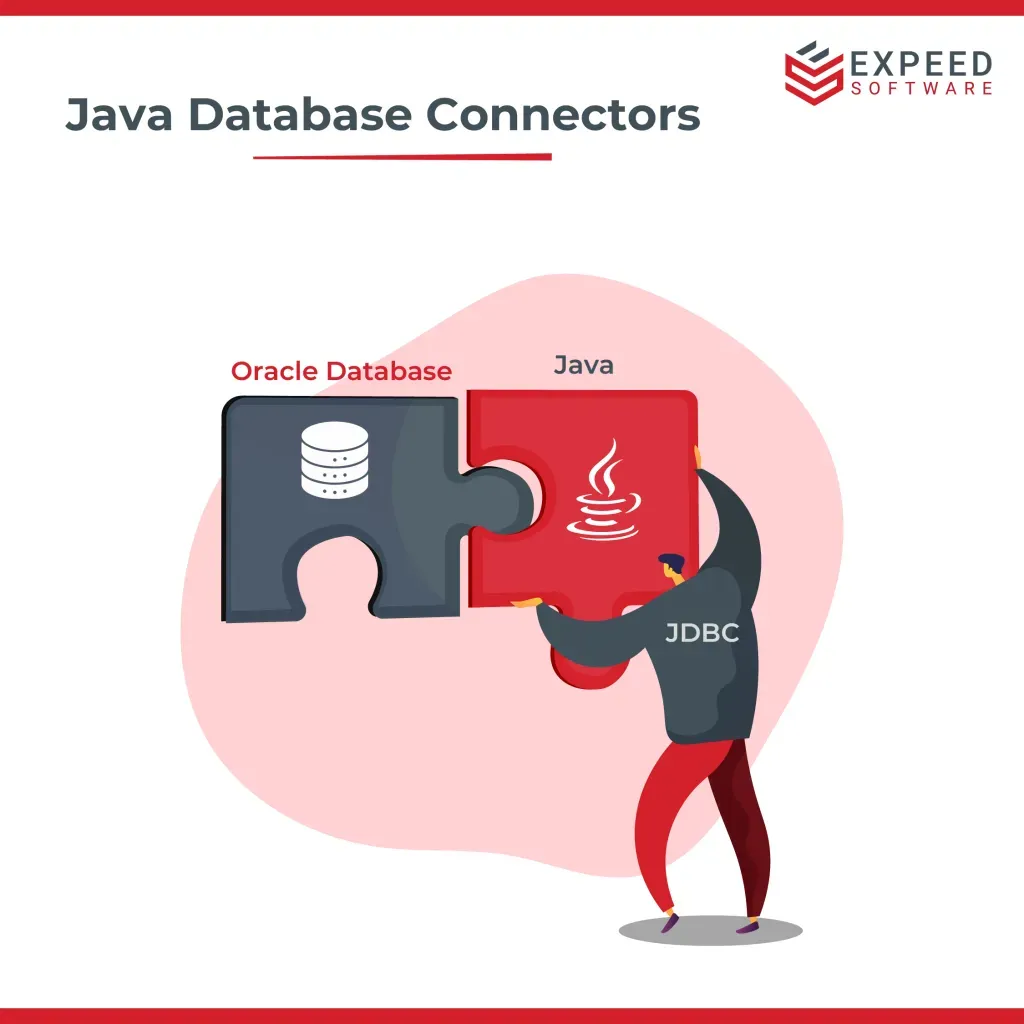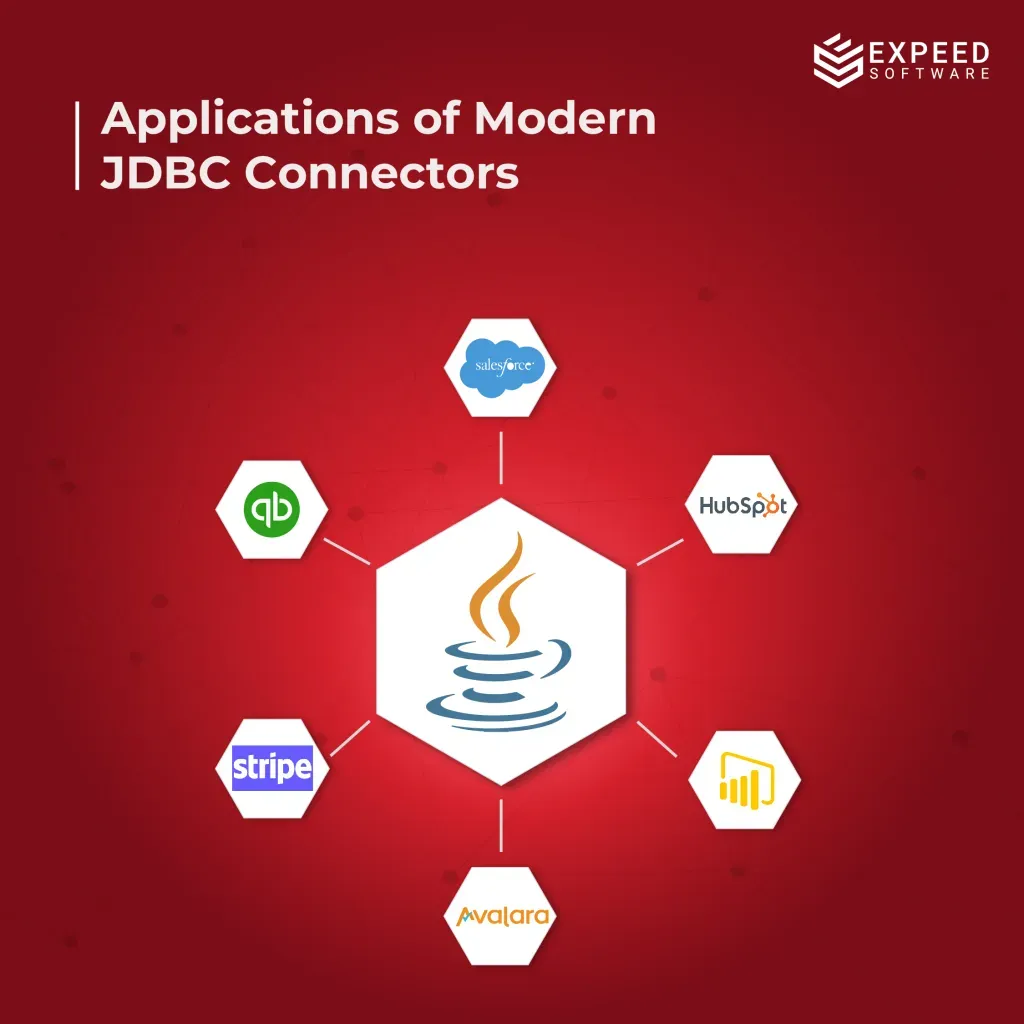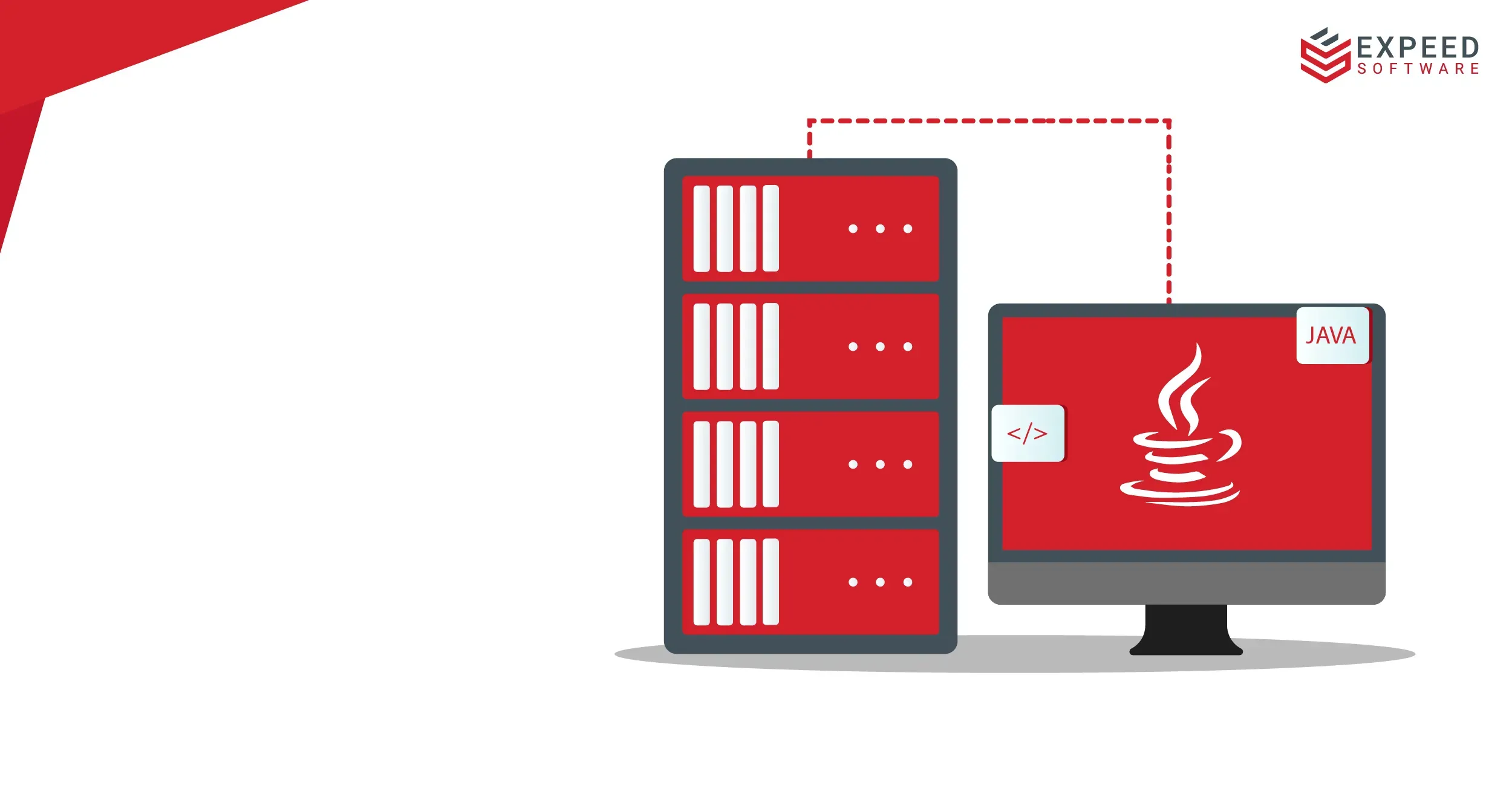Developers typically view JDBC, or Java Database Connectivity, as a mechanism for connecting to databases. Nevertheless, in the current dynamic and highly networked environment, JDBC has gone beyond those confines. Rather, it has become a crucial entity in embodying the role of helping applications written in Java to communicate effortlessly with numerous enterprise systems, from accounting solutions like QuickBooks and customer relationship management software such as Salesforce to niche tax products like Avalara Tax. The increase in the number of JDBC connectors is a sign of the growing demand for the integration of different systems for improved efficiency, automation, and uniformity while carrying out operations.
This blog explores the expansion of JDBC connectors beyond databases and explains why their role in integration has been altered, changing the business environment with respect to the integration of different systems.
The Evolution of JDBC Connectors

The JDBC was initially designed to establish a connection between Java and relational databases. Its scope primarily dealt with the provision of a uniform API for dealing with database connectivity, performing queries, and handling transactions. With the emergence of a more advanced enterprise environment, the use case of JDBC expanded in order to cope with the increasing sophistication of business needs where it became impossible to manage all the data within one database.
As a result, the JDBC connectors enhanced their functionalities because the developers can now connect many external tools and services to the Java applications in a two-way manner. Additionally, JDBC is not restricted to just database applications because of its new functionality in connecting numerous applications like accounting systems, customer relationship management CRM tax filing, and many more. This then allows companies to integrate complex procedures, better information exchange, and consequently, better resource management.
Key Applications of Modern JDBC Connectors

Accounting Systems Integration (e.g., QuickBooks)
Scenario: Most small and medium enterprises use QuickBooks for all their accounts that include expenses, payroll, invoices, and taxes. The JDBC connectors could now enable Java-based applications to be integrated with QuickBooks, having the capability to communicate directly between the two systems in real-time.
Benefits: The JDBC connectors reduce manual data entry errors, facilitate the flow of financial data between QuickBooks and other internal systems, improving consistency and accuracy organization-wide.
Example Use Case: An ERP system built on Java at a company might use a JDBC connector to import actual financial data from QuickBooks and provide real-time reporting on cash flow and the liabilities for accounts receivable and taxes by finance teams, without having to extract manually from a multiple of platforms.
CRM System Connectivity (e.g., Salesforce)
Scenario: Salesforce is one of the top companies in the world in terms of CRM platforms and manages interactions with customers, sales pipeline, and marketing. JDBC connectors enable a Java-based application to connect with Salesforce, creating a smooth data synchronization between the two systems.
Benefits: The businesses will integrate their Java applications with Salesforce in such a manner that real-time customer data synchronization is possible and workflow automation between sales and marketing is done, hence giving a unified customer view across all the touchpoints.
Example Use Cases: An e-Commerce platform built on Java would use this JDBC connector to update Salesforce in real-time with customer purchase information. This will ensure the sales teams have all the latest records available for more personalized interactions with the platform and better customer service.
Tax Compliance Integration (e.g., Avalara Tax)
Scenario: Avalara is bringing automation to the business arena with regard to calculation, filing, and compliance capabilities of taxes. The JDBC connectors ensure that Java applications are directly provided with Avalara integration to avoid any system-related issues for tax-exchange-related data.
Advantages: The business could properly calculate tax, ensure that compliance processes become streamlined, and avoid charges for penalties by maintaining the tax process using the help of JDBC integration. This would liberate resources from being used towards those lesser strategic tasks.
Example Use Case: An e-commerce company using a Java-based order management system would use Avalara and a JDBC connector to automatically calculate sales tax on every sale. No matter whether the sale is booked in New York, California, or Florida – this precludes taxes from becoming a cause for concern or an area of potential tax evasion.
Why JDBC for Non-Database Integration?
While there are several APIs and means of integrating a Java application with external systems, JDBC connectors offer several advantages for non-database integration that are otherwise not available:
Unified API: While JDBC connectors include a number of essential strengths, one of the most important is that it offers a standard API. It basically uses the same conventions irrespective of the fact that the target system that it connects to is a database or any accounting platform or any CRM tool in use. It makes development easy, simplifies the learning curve, and delivers consistent performance throughout different integration.
Bidirectional Communication: JDBC connectors can initiate two-way communication between Java applications and external systems. As such, they can not only fetch data from a connected service but also write data back, making it dynamically exchangeable. This is the need when building integrated systems that must synchronize information between platforms in real time.
Scalability: With growth comes more data integration; with these companies, their connectivity requirements grow. JDBC connectors are designed to scale to billions of pieces of data and tens of billions of transactions, making them appropriate for companies with scalable operations. Whether thousands of customer records have to be managed within Salesforce or millions of financial transactions have to be processed in QuickBooks-JDBC connectors can take it.
Challenges and Considerations
While JDBC connectors present tremendous benefits in integrating a Java application to other non-database systems, they do come along with some challenges and considerations:
Complexity: Integrating non-database systems with the use of JDBC requires an understanding of the JDBC API and a system to connect to. Developers have to dive into incredibly complex data structures and APIs to ensure proper integration.
Performance: This depends on the connected system as JDBC connectors can be different from other services. Some services introduce latency and performance bottlenecks especially in dealing with large data sets or huge volumes of transactions.
Security: Data protection is an essential component in any integration. The fact that this would be a financial or customer-facing system automatically means that JDBC connectors have to be enabled with high encryption, authentication, and access control measures about the sensitive data that they will interact with. Proper auditing and monitoring should not be compromised on this process either.
Future of JDBC Connectors
The future of JDBC connectors indeed looks bright. With the chances of even further widespread usage, as more vendors and services begin to use JDBC as a kind of standard interface for integration, JDBC connectors will certainly evolve in support of new types of services from cloud-based platforms to AI-driven analytics tools.
As businesses increasingly deploy hybrid and multi-cloud architectures, JDBC connectors will continue to play a crucial role in connecting on-premise Java applications. Along with this, cloud services are utilized for seamless interaction between legacy systems as well as modern, new cloud-native technologies.
Conclusion
Once upon a time, JDBC connectors were just plain old tools for database connectivity. Today, they serve as versatile, powerful integration solutions that connect Java applications with a wide array of systems, from accounting software like QuickBooks to CRM platforms like Salesforce and tax compliance tools like Avalara. Using JDBC connectors lets firms create automated workflows that enhance efficiency, make fewer manual errors, and avoid inconsistencies in data across business functions.
As the enterprise landscape continues to evolve, JDBC connectors will become an essential tool to integrate diverse systems, drive innovation, and produce a more interconnected, efficient future for businesses across the world.

